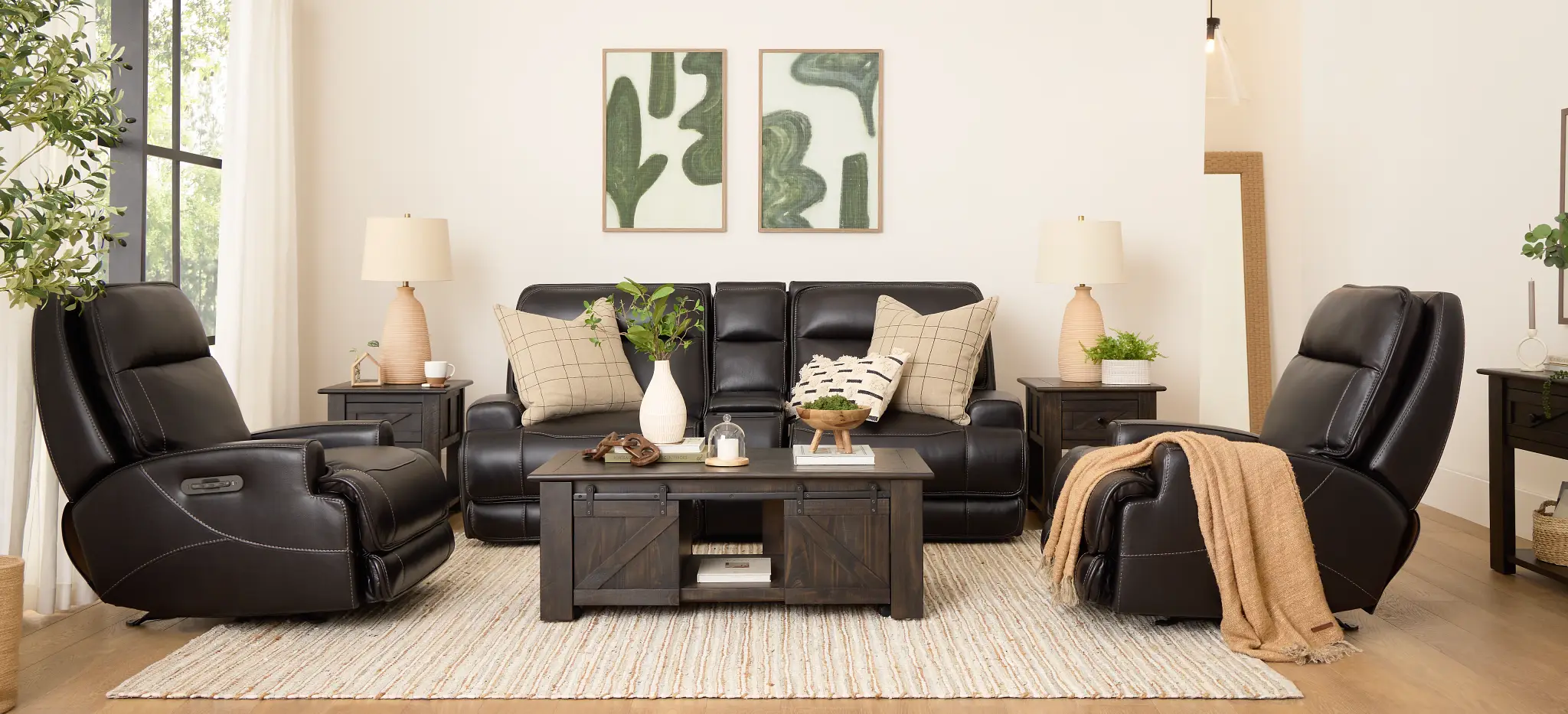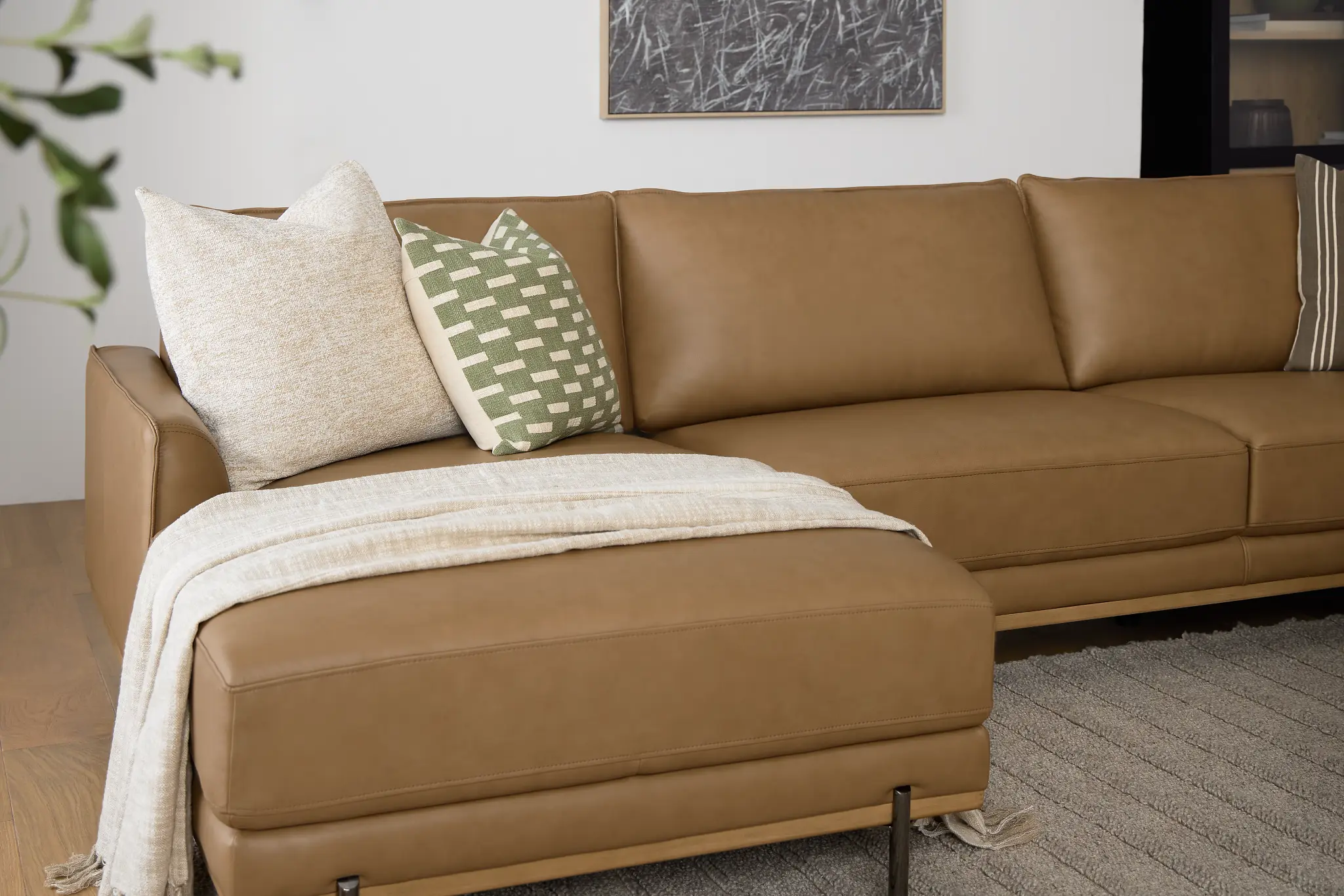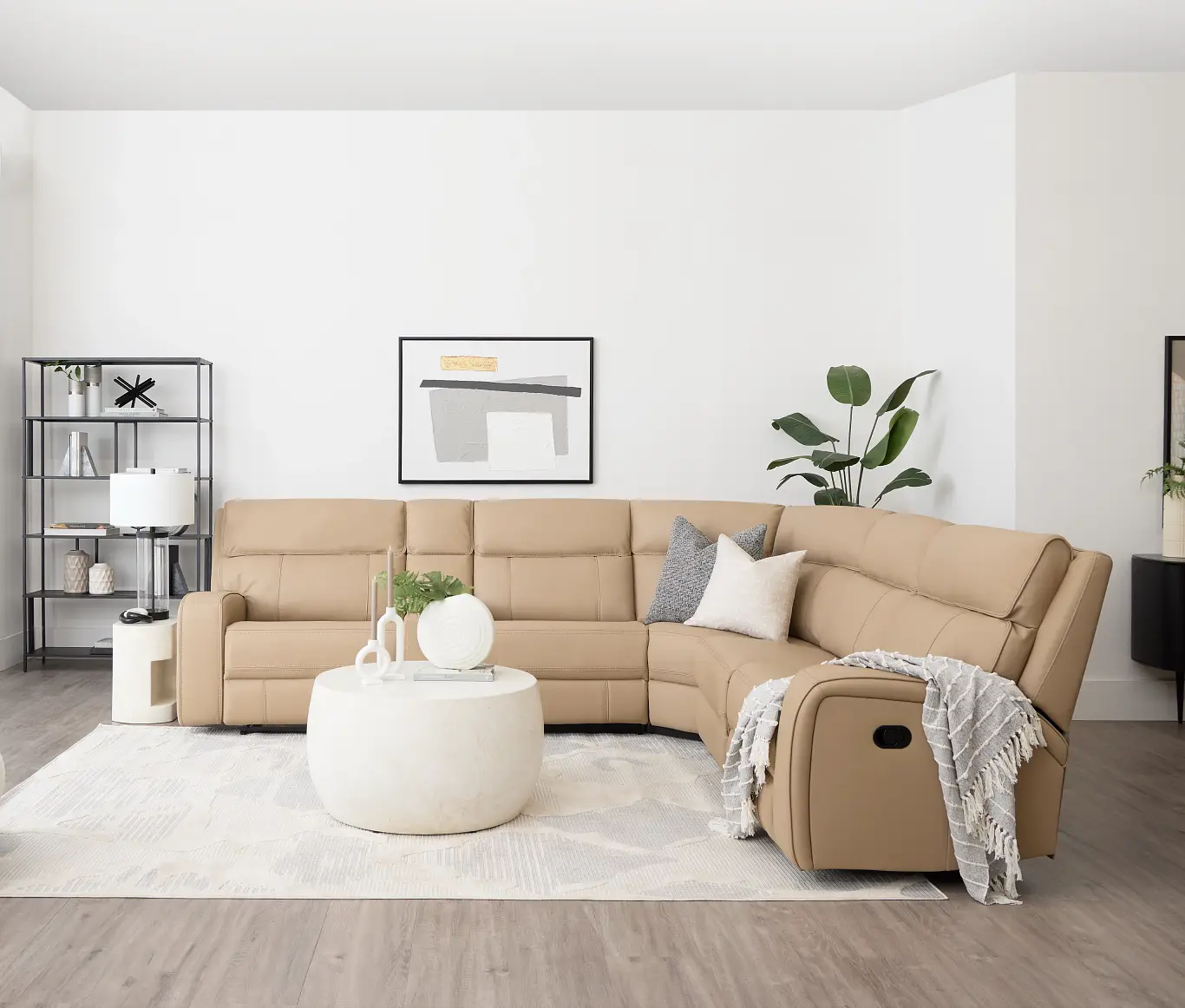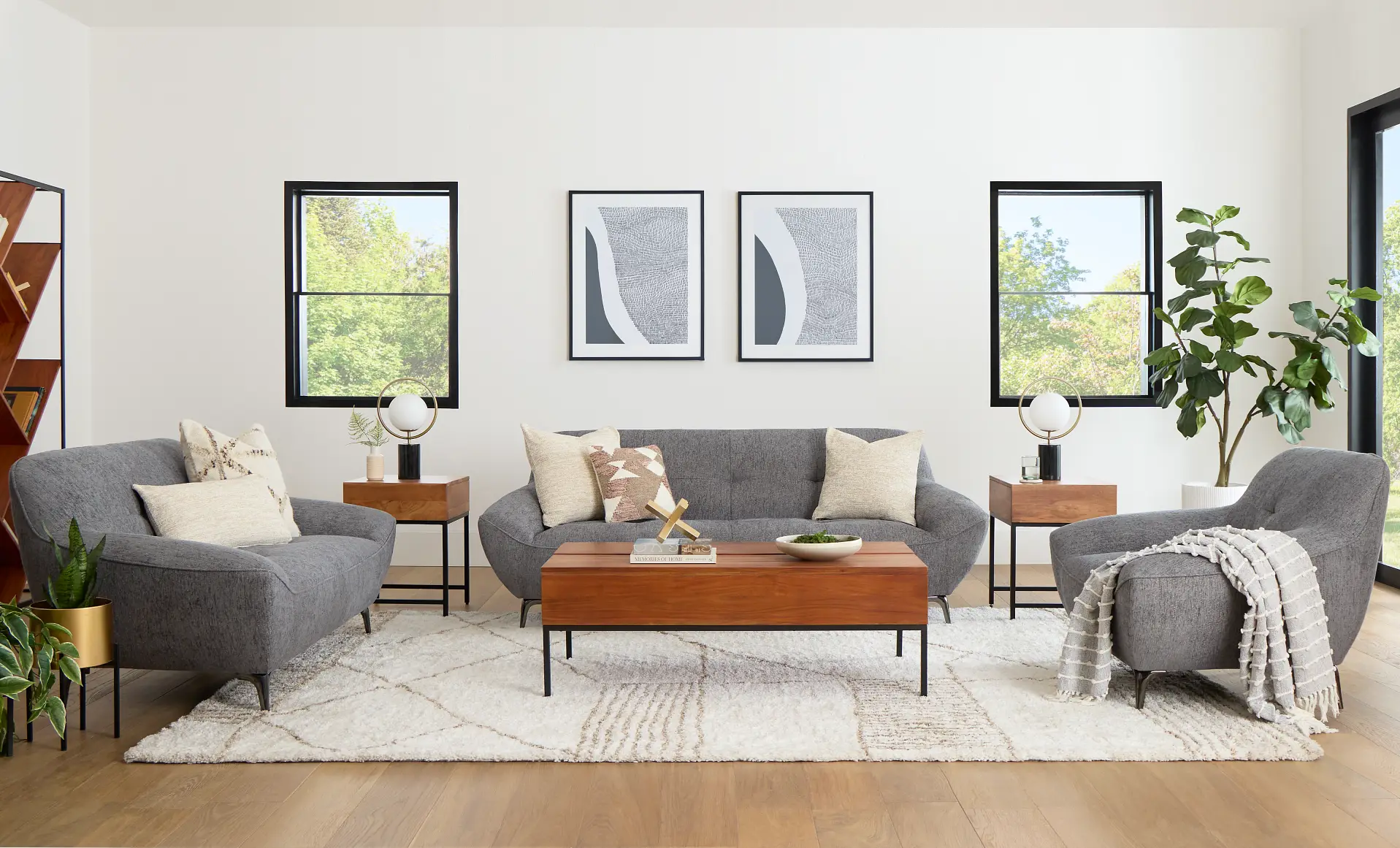
Mastering Upholstered Furniture Care: 6 Essential Tips for Maintaining Your Furniture's Beauty and Durability
Caring for Your Upholstery Guide
Caring for your upholstery is essential not only to keep your furniture looking its best but also to extend its lifespan, ensuring it remains a comfortable and attractive feature of your home for years to come. Different materials require specific maintenance strategies. Here’s a comprehensive guide to help you navigate the world of upholstery care, tailored to the variety of materials you might have in your home.



1. Understanding and Maintaining Your Upholstered Furniture
Proper care for upholstered furniture begins with identifying the material and implementing regular maintenance routines to keep it looking its best and prolong its lifespan. Upholstery materials typically fall into three categories: natural fabrics (e.g., cotton, wool, leather), synthetic fabrics (e.g., polyester, nylon, microfiber), and blends. Always check the manufacturer’s label for specific care instructions tailored to your furniture, as this ensures the right cleaning methods are used for optimal results.
For Fabric Upholstery:
- Vacuum Regularly: Use a soft brush attachment to gently remove dust and dirt. Vacuuming weekly prevents the accumulation of grime that can dull and wear out the fabric. Here are some top favorites for vacuums that are great for cleaning fabric.
- Spot Cleaning: Address spills immediately with a clean, dry cloth. For tougher stains, use a mild detergent solution, but always test it on a small hidden area first.
- Professional Cleaning: Consider professional cleaning every 12-18 months, especially for high-use furniture, to deeply cleanse and refresh the fabric.
Cleaning Leather Upholstery:
- Dusting and Vacuuming: Regularly dust with a soft cloth and use a crevice tool for seams.
- Conditioning: Leather upholstered furniture needs to be conditioned every 6-12 months to prevent drying and cracking. Use a product suitable for your type of leather.
- Spills: Blot spills immediately with a clean cloth. Avoid using water on grease stains.
Upkeep with Synthetic Upholstery:
- Vacuuming: Similar to fabric, vacuum synthetic upholstery regularly using a brush attachment.
- Stain Removal: Synthetic fibers are generally more resistant to spills, but quick action is still crucial. Use a mild detergent for cleaning, following the manufacturer's recommendations. Here are some recommendations for mild detergent.
- Avoid Direct Sunlight: To prevent fading, try to position synthetic upholstery away from direct sunlight.






